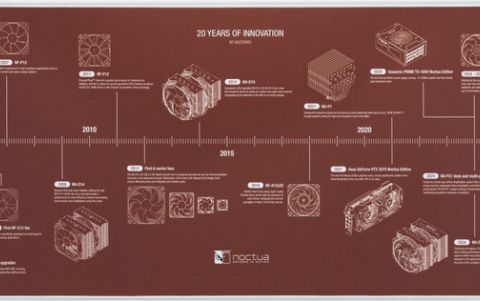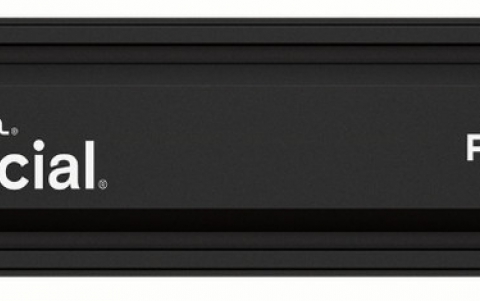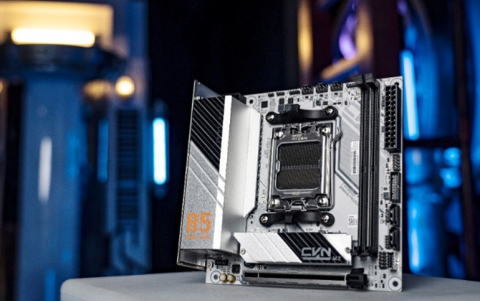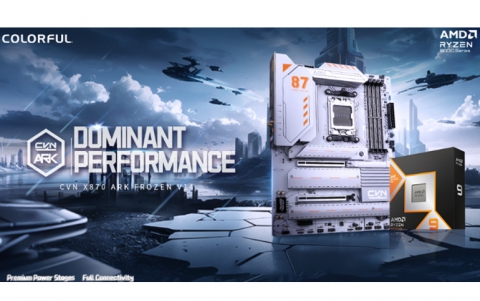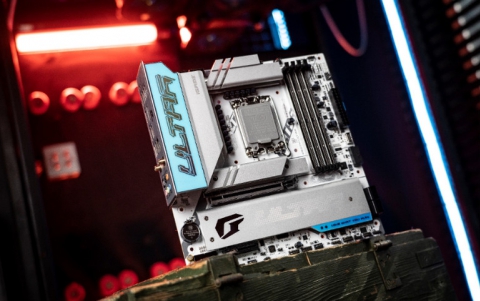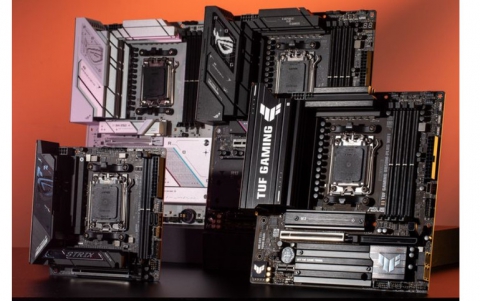DVD Media Format Compatibility Tests
3. Parameters Of The Tests
Review Pages
Technical Background
The optical storage industry had already grown huge in early to mid 90's, when it was realized that the need for a new format able to displace the "old" VHS cassette was going to introduce "political" battles among the major manufacturers in the area. This was due to the fact that one company having control over the format of the new medium was going to largely influence the distribution of the content in the medium itself. We thus saw major Aamerican audio and video content owners and distributors to form alliances with some of the far-east CD drive and media manufacturers trying to promote one type of a DVD format over the other. The world divided among those going with Matsushita and the followers of Philips, the original CD inventor.
A small parenthesis
It is important to point out here that the "logical" format of DVD video depends to a large extend on (and is thus inseparable from) the RAW bit-by-bit format of the disc itself. This is because all tracking, focusing and spin of the disc inside a drive has to be controlled by a real-time algorithm prescribed in tiny chips. We grab the opportunity here to bring into the knowledge of our readers one hardly mentioned fact. DVD is just CD miniaturized to 1/2 the size of the original. So everything is about half as small. Pit length and track pitch as well. The outcome of this miniaturization is obviously a disc with quadruple the capacity of a CD. To achieve 8 times this capacity, as the original one-layer, one-side DVD did, you have to use something really new. And this is Mathematics! A clever new encoding/decoding algorithm (allegedly) due to Toshiba is the critical component that gave birth to the original DVD RAW format. The engineers dropped the old 8 to 14 modulation (EFM) of the CD that used merge bits, scrambling and interleaving to device a modern 8 to 16 bit encoding. The new method made a much, much better use of the bit availability (density) on the disc itself, while offering comparable or even better error correcting capabilities.

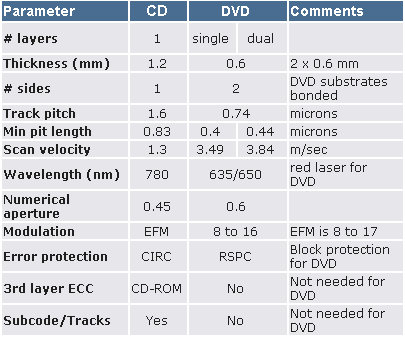

A Journalist's intermezzo
It is not widely known perhaps to the newer generation of the self-proclaimed "engineers" the fact that Pioneer is the inventor of LaserDisc, some 15 years before the first discussions had even started among Philips and Sony for a suitable "digital" format for audio. Tracking, focusing and spinning is all done, in both cases, in a similar "non-digital" way. (Pioneer was also the first to bring into market the first professional CD recorder, at about 1987, if I remember well.)
Both formats are equally accessible both for the rich "experts" and us the rest. They are available as viewable PDF's for free at www.Ecma.ch.
The differences between the 2 formats
Recordable discs, either of the CD or DVD type, differ from pressed discs, among other material differences, in that the former use a series of smaller "pits" "pre-manufactured" on the empty recordable medium that help the recording drive position its laser over the correct part of a disc (ATIP). There are thus 2 opportunities for putting the pits on the surface of a recordable (wobble). The first is in between the ATIP spirals. The other is on the ATIP itself. The former case (which is used exclusively in compact discs) is termed similarly DVD-R format. The latter is termed DVD+R. Both formats have also the rewritable counterparts DVD-RW and DVD+RW respectively. This is all we consider important after talking with many industry experts. We prepare a second article for the technically oriented users explaining in many details the underlying logical differences among the two formats. We must assure, however, our readers that this or anything else, in no way can influence compatibility tests as those reported here.
The 2 camps
 DVD-R/RW has become a de-facto ECMA standard, as it was already in use in the first Pioneer recorders. Most taiwanese manufacturers already ship -R/RW discs. Of course this is something to be expected. The dash format is the older and the only profitable until "recently".
DVD-R/RW has become a de-facto ECMA standard, as it was already in use in the first Pioneer recorders. Most taiwanese manufacturers already ship -R/RW discs. Of course this is something to be expected. The dash format is the older and the only profitable until "recently".
Having been forced to conform within the DVD forum on the DVD-ROM standard, Philips has since been the main proponent of the +R/RW format. This format is being marketed by Philips and its allies as the long term winner of the DVD R/RW war.
![]() During last CeBit there were booths of both camps: the -R/RW led by Pioneer and the +R/RW by Philips. Most of the allied manufacturers of the 2 camps were participating in both booths, however!
During last CeBit there were booths of both camps: the -R/RW led by Pioneer and the +R/RW by Philips. Most of the allied manufacturers of the 2 camps were participating in both booths, however!
Philips actively markets its own format for at least a couple of years now. There have been web sites of fans of the new format. An interesting phenomenon by itself, as we are not aware of any other similar incident in the past: having fans and proponents of a product which has not been materialized yet! +R/RW discs will be supposedly more easily manufactured and offer better compatibility with older players, both on those used on PC's and those on stand-alone consumer players.
CdrInfo.com is the clear authority when it comes to CD recording and the related technologies. Its group of individuals have been following this technology since the days it was considered a heresy to use RAW reading and writing or even when synchronization errors of 2 seconds when ripping audio was generally considered acceptable!. Our readers have been coming here to read accurate and technically correct reviews and they should be sure that we are going to follow our principles in the present issue as well.
Now that the availability of +R/RW only recorders gets wider, and media formats compatibility issues concern not only professionals, but end-users as well, we have decided to check all this out by ourselves. And so the story begins ...
Review Pages

